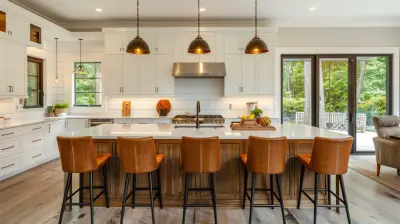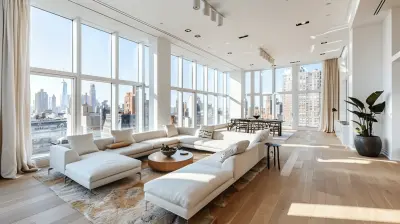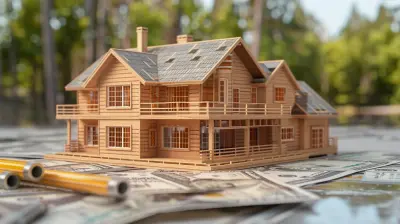How to Use Lighting to Enhance Your Home's Interior
16 August 2025
Lighting is one of the most underrated elements of home design. It's like the secret ingredient in a great recipe—often overlooked, but absolutely essential. The right lighting can completely transform a room, making it feel warm, inviting, and even more spacious.
Whether you're designing a new home or giving your current space a facelift, knowing how to use lighting effectively is a game-changer. In this guide, we’ll dive into everything from layering light to choosing the right fixtures for different rooms.
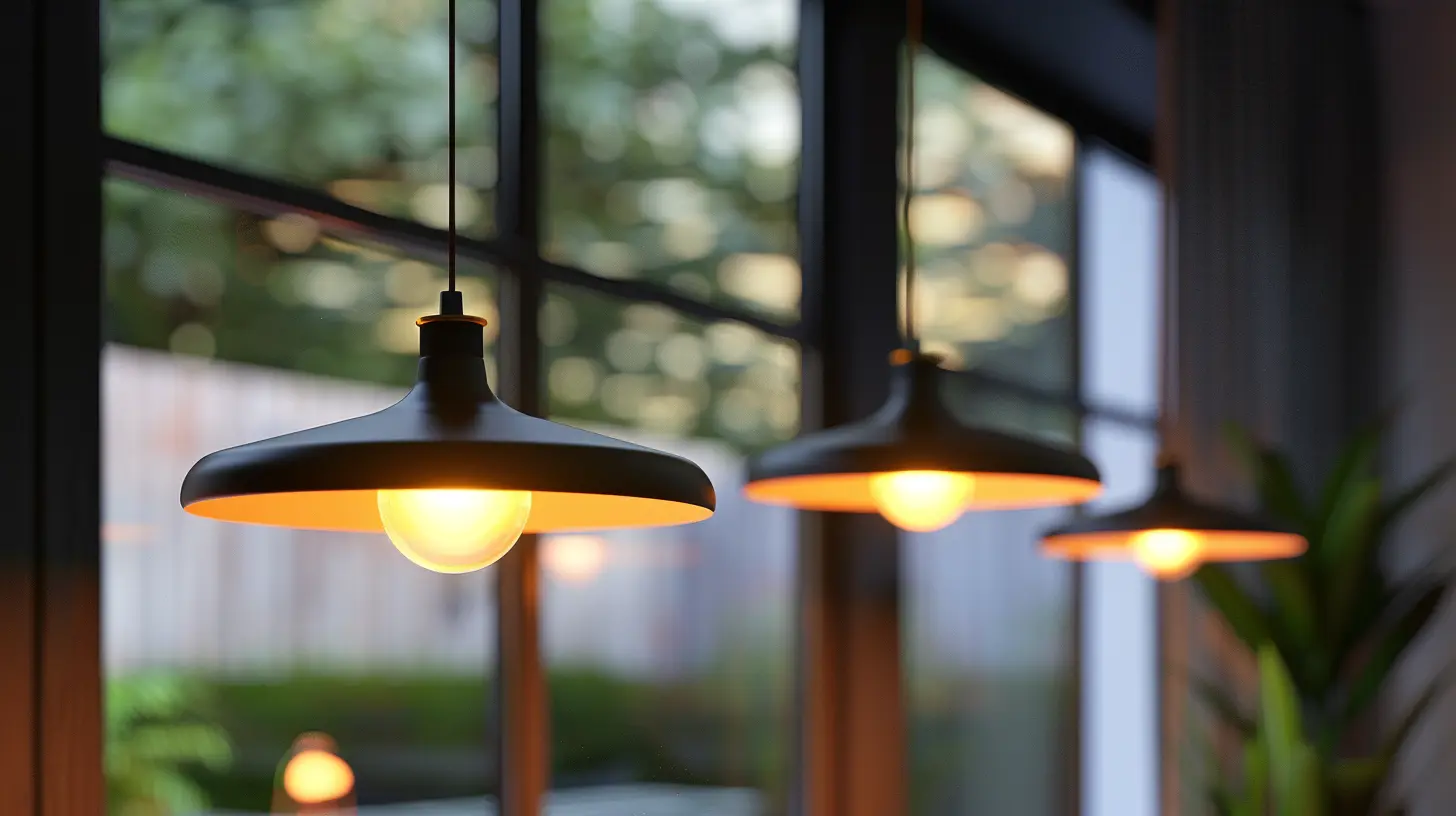
Why Lighting Matters in Interior Design
Have you ever walked into a room and felt instantly comfortable? Chances are, the lighting played a big role in that. Good lighting can:- Enhance the mood and ambiance
- Highlight architectural features
- Make a space feel larger or cozier
- Improve functionality for daily tasks
- Create a stylish and polished look
Now that we’ve established why lighting is so important, let’s talk about how to use it effectively.
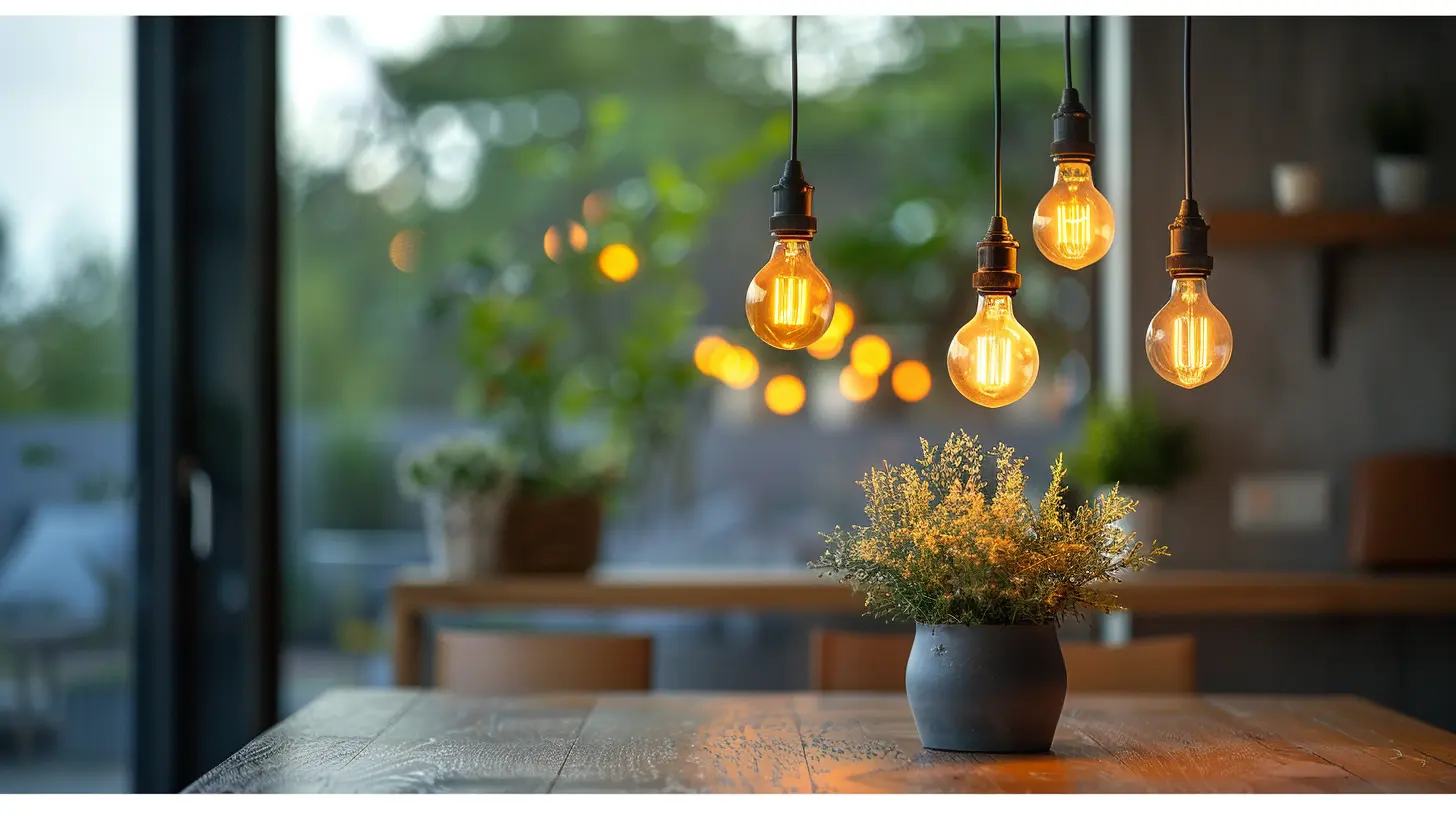
1. Layer Your Lighting for a Balanced Look
Relying on a single overhead light is like eating plain toast—boring and uninspired. To create depth and interest in your space, you need to layer different types of lighting.Types of Lighting to Layer
1. Ambient Lighting (General Lighting)- This is your main source of light in a room. It comes from overhead fixtures like chandeliers, recessed lighting, or ceiling-mounted lights. It provides overall illumination but can sometimes feel flat on its own.
2. Task Lighting
- As the name suggests, this lighting helps you perform specific tasks—reading, cooking, working, or applying makeup. Table lamps, pendant lights, under-cabinet lights, and desk lamps all fall into this category.
3. Accent Lighting
- Want to highlight an art piece, fireplace, or an architectural detail? Accent lighting is your best friend. Think of wall sconces, picture lights, and track lighting to create drama and depth.
4. Decorative Lighting
- This is where lighting becomes part of the decor itself. Statement chandeliers, stylish pendant lights, and neon signs fall into this category, adding personality to your space.
By combining these four types of lighting, you create a visually appealing and functional room.
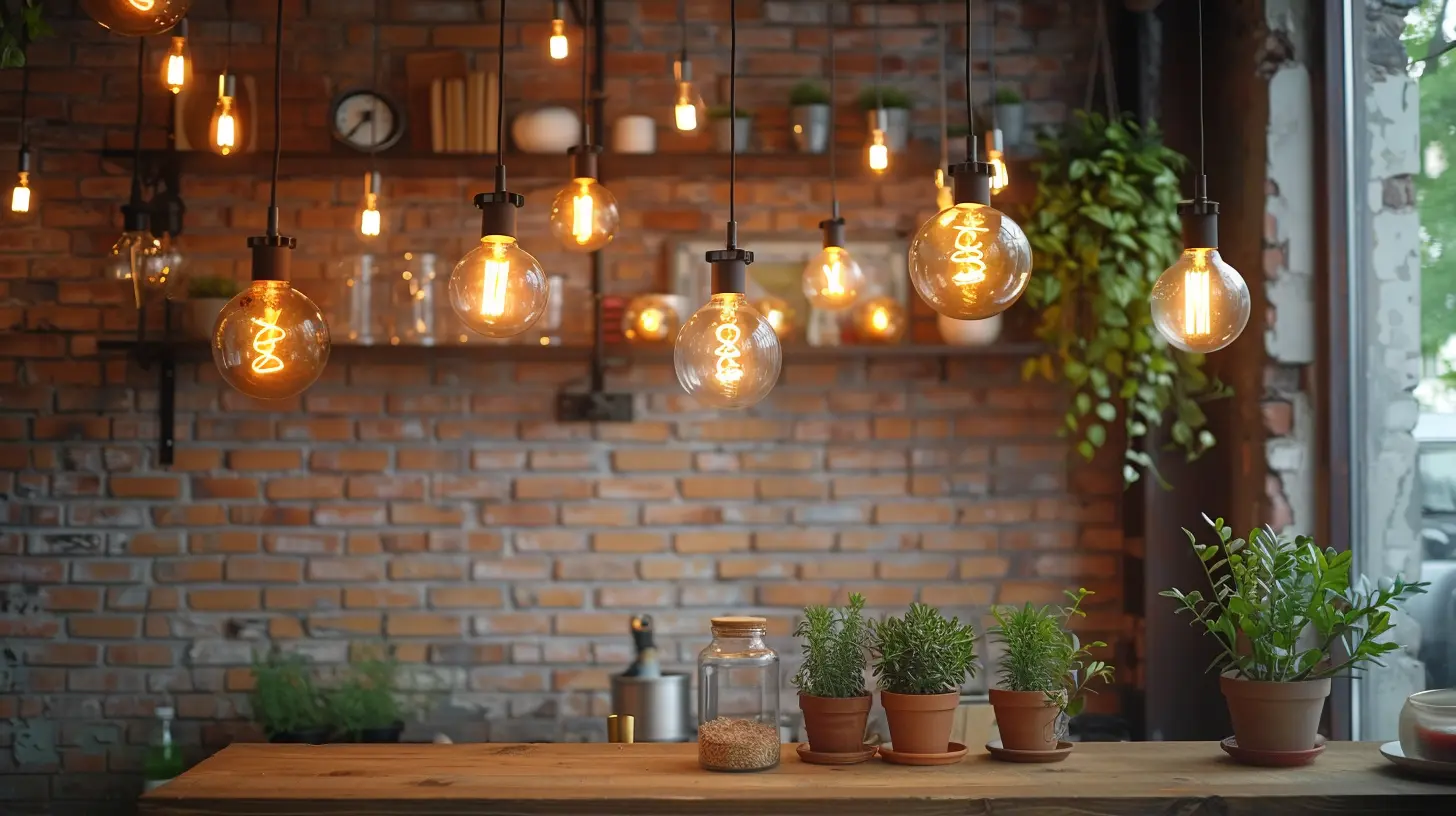
2. Choose the Right Bulbs for the Right Atmosphere
The type of light bulb you choose can influence the mood and tone of your space. Here are the key factors to consider:1. Color Temperature
Measured in Kelvins (K), color temperature affects how warm or cool the light appears.- Warm white (2700K - 3000K) – Cozy, inviting, and great for living rooms and bedrooms.
- Cool white (3500K - 4100K) – Bright, crisp light ideal for kitchens and offices.
- Daylight (5000K - 6500K) – Very bright and energizing, perfect for workspaces and bathrooms.
2. Brightness Levels (Lumens)
Forget watts—lumens are what really matter when it comes to brightness. Here’s a general guideline:- 450 lumens – Great for accent lighting
- 800 lumens – Ideal for general lighting in small rooms
- 1600 lumens – Best for task-heavy areas like kitchens
3. LED vs. Incandescent vs. CFL
- LED bulbs – Energy-efficient, long-lasting, and available in various color temperatures.- Incandescent bulbs – Classic warm glow but not energy-efficient.
- CFL bulbs – More efficient than incandescent but take time to reach full brightness.
For the best balance between efficiency and aesthetics, LEDs are usually the top choice.
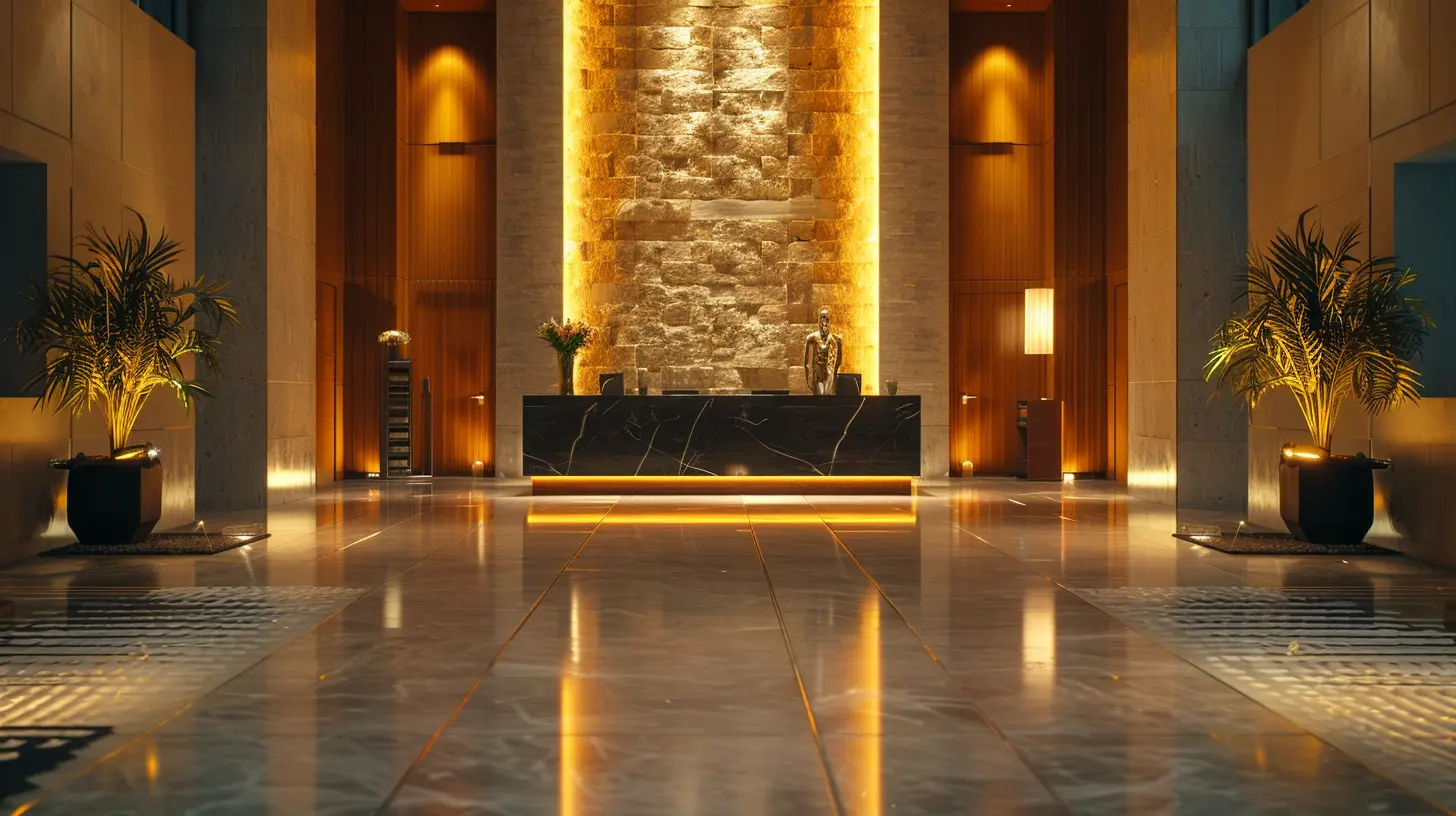
3. Lighting Strategies for Different Rooms
Each room in your home has different lighting needs. Let’s break it down:Living Room
- Layer ambient lighting with table and floor lamps.- Use dimmable overhead lights for flexible ambiance.
- Add sconces or accent lighting around artwork or bookshelves.
Kitchen
- Use bright overhead lighting (pendants or recessed lights).- Install task lighting under cabinets to illuminate countertops.
- Add a statement pendant light over the island.
Dining Room
- Opt for a chandelier or pendant light as the focal point.- Use dimmers to create a cozy dining atmosphere.
- Add wall sconces for extra ambiance.
Bedroom
- Use warm-toned lighting to create a relaxing vibe.- Add bedside lamps for reading.
- Install soft LED strip lights for a modern touch.
Bathroom
- Use bright, cool lighting around the mirror for grooming.- Install sconces on either side of the mirror for even illumination.
- Add dimmable lighting for relaxing baths.
Home Office
- Ensure there’s plenty of task lighting (desk lamp, overhead light).- Avoid glare from screens by positioning lights properly.
- Use daylight bulbs for a more energizing work environment.
4. Make the Most of Natural Light
Artificial lighting is great, but natural light is unbeatable. Here’s how to maximize it:- Use mirrors to reflect light and make a space feel bigger.
- Choose light-colored curtains that let in sunlight while maintaining privacy.
- Keep windows clean to ensure maximum light penetration.
- Arrange furniture to avoid blocking natural light sources.
A well-lit space with plenty of natural light feels fresher, brighter, and more inviting.
5. Smart Lighting for Convenience & Efficiency
Smart lighting technology can take your home’s lighting game to the next level. Here’s how:Benefits of Smart Lighting
- Control lights remotely using a smartphone app.- Set schedules to automatically adjust lighting throughout the day.
- Use voice commands with smart assistants like Alexa or Google Assistant.
- Save energy with adjustable brightness and motion sensors.
Smart bulbs, dimmers, and color-changing LED strips can create a personalized lighting experience that fits your needs perfectly.
6. Common Lighting Mistakes to Avoid
Even the best lighting plans can go wrong if you’re not careful. Here are some mistakes to watch out for:- Using only overhead lights – This creates harsh shadows and a flat look. Always layer your lighting.
- Choosing the wrong bulb temperature – Bright white light in a bedroom? Nope. Stick to warm lighting for relaxation.
- Ignoring dimmers – They add flexibility and mood control.
- Blocking natural light – Heavy drapes or furniture in front of windows can make a space feel dark and closed off.
- Neglecting task lighting – Insufficient lighting in work areas makes everyday tasks harder.
Avoid these pitfalls, and your lighting will look intentional and well designed.
Final Thoughts
Lighting is more than just a practical necessity—it’s a powerful tool for setting the mood, enhancing aesthetics, and improving functionality in any space. Whether you're layering different types of lighting, selecting the perfect bulbs, or incorporating smart lighting solutions, each choice plays a role in transforming your home.So, go ahead—experiment with lighting and see how it changes the way you experience your space. After all, a well-lit home is a happy home!
all images in this post were generated using AI tools
Category:
Interior DesignAuthor:

Mateo Hines
Discussion
rate this article
1 comments
Blaine Clark
Ah yes, because the secret to a stunning home is obviously just cranking up the wattage. Who needs decor when you can blind visitors with your brilliant lighting choices?
September 8, 2025 at 3:35 AM

Mateo Hines
Great point! Balance is key—lighting enhances decor, rather than replacing it.
